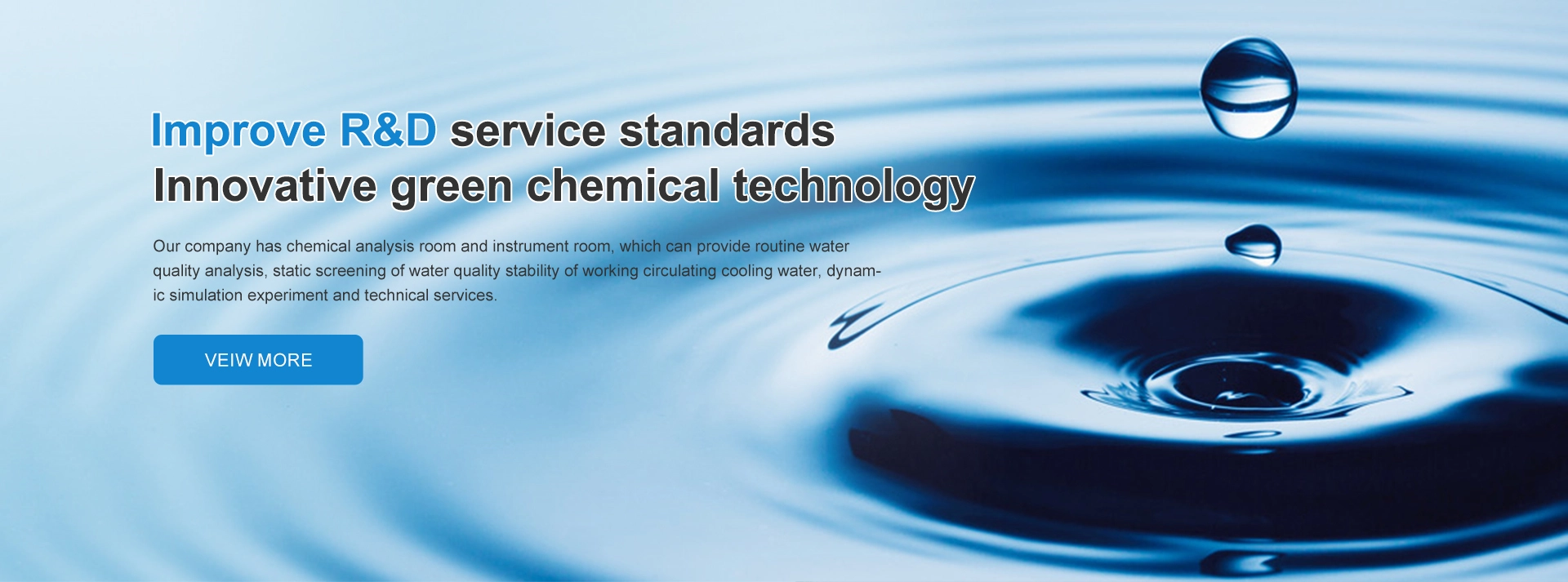poly aluminum chloride sds
Understanding Poly Aluminum Chloride (PAC) and Its Safety Data Sheet (SDS)
Poly Aluminum Chloride (PAC) is a widely used coagulant in water treatment and industrial applications. Its chemical formulation allows it to effectively remove contaminants from water, playing a pivotal role in producing potable water, treating wastewater, and even in paper manufacturing and textiles. With the increasing awareness of environmental and public health safety, understanding the Safety Data Sheet (SDS) for PAC is vital for anyone handling this compound.
What is Poly Aluminum Chloride?
Poly Aluminum Chloride (PAC) is a polymeric coagulant made from aluminum salts. It is produced through the hydrolysis of aluminum chloride, resulting in a highly reactive compound that can effectively destabilize and aggregate suspended particles in water. PAC is favored over traditional coagulants, such as aluminum sulfate, due to several advantages, including a lower dosage requirement, less sludge production, and increased efficiency in a wider pH range.
Applications of PAC
PAC is mainly utilized in the following areas
1. Water Treatment PAC is extensively employed in municipal and industrial water treatment facilities. It aids in the clarification of drinking water by facilitating the removal of turbidity, color, and organic matter. Its application reduces the load on filtration systems, leading to improved water quality.
2. Wastewater Treatment In wastewater treatment plants, PAC assists in the removal of suspended solids and phosphorous, enhancing the efficiency of biological treatment processes.
3. Paper Manufacturing The paper industry uses PAC as a retention aid, helping to improve the strength and quality of paper products.
Safety Data Sheet (SDS) Overview
The Safety Data Sheet (SDS) for PAC provides critical information regarding the handling, storage, and emergency measures associated with this chemical. The SDS is divided into several key sections, including
poly aluminum chloride sds

1. Identification This section includes the name of the product, its uses, and supplier details.
2. Hazard Identification This section outlines potential hazards associated with PAC, such as irritation to the eyes, skin, and respiratory tract. It provides information on the classification of the substance according to regulatory standards.
3. Composition/Information on Ingredients This part specifies the chemical composition and concentration of PAC, including any impurities that may present safety risks.
4. First-Aid Measures Essential first-aid instructions are provided here. For instance, in case of skin contact, it advises washing the affected area with plenty of soap and water, and seeking medical attention if necessary.
5. Firefighting Measures This section outlines appropriate firefighting techniques and suitable extinguishing media in case of a fire.
6. Accidental Release Measures In the event of a spill, the SDS guidelines dictate containment and cleanup procedures to minimize exposure and environmental impact.
7. Handling and Storage Proper handling techniques and storage conditions are emphasized to minimize the risk of accidents. PAC should be stored in a cool, dry area, away from incompatible substances.
8. Exposure Controls/Personal Protection This part recommends the use of personal protective equipment (PPE) such as gloves, goggles, and masks to minimize exposure during handling.
9. Stability and Reactivity It details the stability of PAC under various conditions and any reactive hazards it may pose when combined with other substances.
Conclusion
Understanding the role and safety measures associated with Poly Aluminum Chloride (PAC) is crucial for safe and effective use in various applications. The Safety Data Sheet (SDS) serves as an essential resource, providing necessary information regarding hazards, handling, and emergency procedures. Careful adherence to the guidelines within the SDS can help ensure the safety of workers and the environment, while also maintaining the efficiency of processes that utilize this effective coagulant. As the demand for clean water and efficient industrial processes continues to grow, PAC's importance and the awareness surrounding its safe use will undoubtedly increase.
-
Water Treatment with Flocculant Water TreatmentNewsJun.12,2025
-
Polymaleic AnhydrideNewsJun.12,2025
-
Polyaspartic AcidNewsJun.12,2025
-
Enhance Industrial Processes with IsothiazolinonesNewsJun.12,2025
-
Enhance Industrial Processes with PBTCA SolutionsNewsJun.12,2025
-
Dodecyldimethylbenzylammonium Chloride SolutionsNewsJun.12,2025





